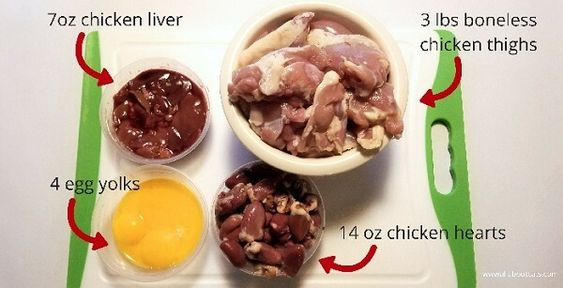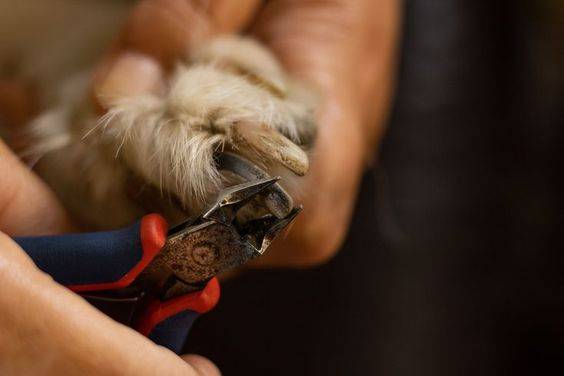In a world where pet owners are increasingly concerned about the quality of their furry friends’ diets, homemade cat food has appeared as a popular alternative to commercial options. Crafting meals for your feline companion allows you to tailor their nutrition to their specific needs and preferences, ensuring they receive the best possible care. In this guide, we’ll explore the ins and outs of homemade cat food, from understanding your cat’s nutritional requirements to whipping up delicious and nutritious recipes in your kitchen. Whether you’re a beginner looking to transition your cat to a homemade diet or a seasoned chef seeking inspiration, this guide is packed with valuable insights and practical tips to help you nourish your cat from the inside out.
Understanding Your Cat’s Nutritional Needs
Before starting on your homemade cat food journey, it’s crucial to understand what your feline friend needs to thrive. Cats are obligate carnivores, meaning their diets must primarily consist of animal-based protein to meet their nutritional requirements. In addition to protein, cats require essential fatty acids, vitamins, and minerals for optimal health. Taurine, for example, is an amino acid found only in animal tissues and is essential for heart health, vision, and reproductive function in cats. Understanding these nutritional needs will guide you in selecting the right ingredients and formulating balanced meals for your cat’s well-being.
Benefits of Homemade Cat Food
Homemade cat food offers several benefits for both you and your Cats. By preparing meals at home, you have full control over the quality and source of ingredients, ensuring that your cat receives wholesome, natural nourishment. You can customize recipes to accommodate any dietary restrictions or sensitivities your cat may have, such as food allergies or digestive issues. Additionally, homemade cat food allows for variety in your cat’s diet, which can help prevent unconcerned and picky eating habits. From a financial standpoint, making your cat food can be cost-effective, especially when compared to high-quality commercial options. Overall, homemade cat food empowers you to provide your feline companion with the nutrition they need to thrive, all while fostering a deeper bond through meal preparation and shared mealtimes.
Tips for Making Homemade Cat Food
Making homemade cat food doesn’t have to be complicated. With a few key tips and tricks, you can whip up nutritious meals that your cat will love. Here are some tips for felines:
- Consult with a veterinarian: Before making any dietary changes for your cat, consult with a veterinarian for vet approved homemade cat food recipes appropriate for their age, health status, and specific needs. Your vet can guide ingredient selection, portion sizes, and overall diet planning.
- Choose high-quality ingredients: Opt for fresh, high-quality ingredients when preparing homemade cat food. choose quality chicken, turkey, or fish, as the primary protein source. Include organ meats, like liver or heart, for added nutrients, and incorporate vegetables and grains in moderation for fiber and additional vitamins and minerals.
- Balance is key: Aim to create balanced meals that provide a mix of protein, fats, carbohydrates, vitamins, and minerals. Consider using a recipe formulated by a veterinary nutritionist to ensure that your cat’s nutritional needs are met. Pay attention to portion sizes and avoid overfeeding, which can lead to weight gain and other health issues.
- Practice proper food safety: Handle raw ingredients with care to prevent foodborne illness. Wash your hands, utensils, and cooking surfaces thoroughly before and after preparing homemade cat food. Store leftovers in the refrigerator or freezer promptly and discard any uneaten portions after a few days.
- Monitor your cat’s health: Keep an eye on your cat’s overall health and well-being after transitioning to homemade cat food. Monitor their weight, energy levels, coat condition, and litter box habits for any changes or concerns. If you notice any signs of digestive upset or nutrient deficiencies, consult with your veterinarian for further guidance.
Recipe For Homemade Cat Food
Now that you’re provided with the knowledge and tips for making homemade cat food, let’s dive into some nutritious and delicious recipes to delight your feline friend. These recipes are simple to prepare and feature wholesome ingredients that will nourish your cat from the inside out.
Recipe 1: Chicken and Rice Delight
Ingredients:
– 1 lb boneless, skinless chicken breasts
– 1 cup cooked brown rice
– 1/2 cup cooked peas
– 1/4 cup chicken broth (low-sodium)
Instructions:
- In a large pot, bring water to a boil and add the chicken breasts. Cook for 15-20 minutes or until the chicken is properly cooked.
- Remove the chicken from the pot and let it cool before shredding it into bite-sized pieces.
- In a separate pot, cook the brown rice according to the package instructions until tender.
- In a mixing bowl, combine the shredded chicken, cooked brown rice, cooked peas, and chicken broth. Mix well to combine.
- Allow the homemade cat food to cool before serving.
Recipe 2: Tuna and Spinach Surprise
Ingredients:
– 2 cans of tuna in water
– 1 cup cooked spinach, chopped
– 1/4 cup plain Greek yogurt
– 1 tablespoon olive oil
Instructions:
- In a mixing bowl, combine the drained tuna, cooked spinach, Greek yogurt, and olive oil. Mix well to combine.
- Divide the mixture into serving-sized portions and store in an airtight container in the refrigerator.
- Serve a portion of the tuna and spinach mixture as a meal for your cat, adjusting the portion size as needed based on their dietary requirements.
Recipe 3: Beef and Carrot Casserole
Ingredients:
– 1 lb lean ground beef
– 1 cup finely chopped carrots
– 1/2 cup cooked quinoa
– 1/4 cup beef broth (low-sodium)
Instructions:
- In a large skillet, cook the lean ground beef over medium heat until browned and cooked through.
- Drain any excess fat from the skillet and add the finely chopped carrots. Cook for an additional 5-7 minutes or until the carrots are tender.
- Add the cooked quinoa and beef broth to the skillet, stirring to combine. Cook for another 2-3 minutes, allowing the flavors to meld together.
- Remove the beef and carrot mixture from the heat and let it cool before serving. Store any leftovers in the refrigerator.
Inference
Homemade cat food offers a number of benefits for both you and your feline friend, from providing personalized nutrition to fostering a deeper bond through shared mealtimes. By understanding your cat’s nutritional needs, following key tips for preparation, and experimenting with delicious recipes, you can ensure that your cat receives the best possible care and nutrition. Whether you’re whipping up a batch of chicken and rice or tuna and spinach, homemade cat food is sure to delight your furry companion and contribute to their overall health and well-being.







